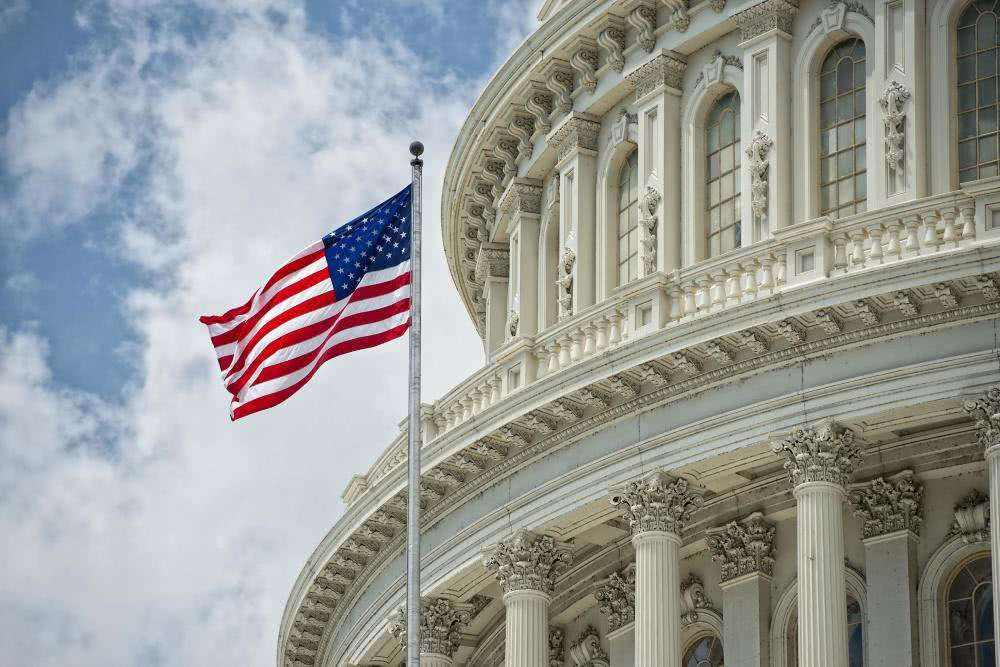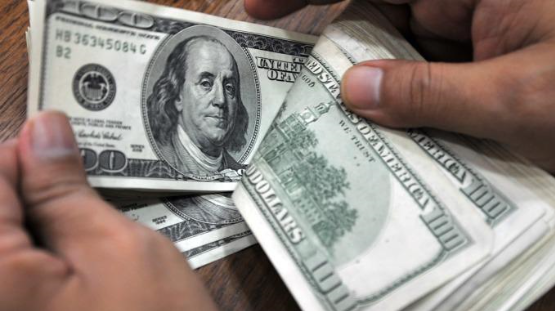
From September to mid-October, the interest rate of long-end Treasury bonds in the United States rose rapidly, and the Federal Reserve officials for the first time in this tightening cycle collectively issued "dovish" comments, believing that the rapid rise in the interest rate of long-term Treasury bonds can replace the effect of raising interest rates. On October 19, Fed Chairman Jerome Powell's speech at the Economic Club of New York fully expressed this logic, which also marked a turning point in the Fed's monetary policy expectations management, because the Fed had generally believed that it needed to continue to raise interest rates to control inflation, even after the outbreak of the US banking crisis in March and the announcement of a pause in interest rate hikes in June.
Since the second half of the year, the monetary policy stance of the Federal Reserve has changed from "fast tightening" to "slow tightening", but from September to mid-October, the interest rate of US long-end Treasury bonds soared, objectively playing a role in achieving the effect of "fast tightening". Therefore, Federal Reserve officials have made statements to manage market expectations, which does not mean that Federal Reserve officials believe that the tightening cycle has ended. It has shifted market expectations from "fast tightening" back to "slow tightening." Comprehensive fundamental analysis, we believe that the Fed's expected management transition does not mean that the US Treasury interest rate will turn back, the US 10-year Treasury interest rate will still run in the core range of 4.6% -5.2% for a long time, and the possibility of the Federal Reserve raising interest rates again at the end of 2023 or the beginning of 2024 continues to exist. And the downside for Treasury rates during the Fed's modest rate cuts in 2024 is still relatively limited.
From November 2021 to the present, the Fed tightening cycle tightening pace first fast and then slow. In terms of reducing the scale of quantitative easing (QE), in November 2021, the Federal Reserve decided to start reducing the scale of QE, reducing the scale of QE by $15 billion each month since mid-November, so as to calculate that the Federal Reserve will end this QE in June 2022; In December 2021, the Federal Reserve doubled the Taper pace, that is, the monthly QE reduction increased to $30 billion, and the Fed's end of this QE point was also advanced to March 2022. In terms of reducing the balance sheet (QT), the Fed will reduce its balance sheet at a pace of up to $30 billion of Treasury securities and $17.5 billion of MBS per month starting in June 2022, and the reduction will double from September 2022. From June 2022 to the present, the Fed's QE account has been reduced by $1.13 trillion, equivalent to a monthly balance sheet reduction of $65.3 billion.

In terms of interest rate hikes, the Federal Reserve raised interest rates by 25BP in March 2022, raised interest rates by 50BP in May, and raised interest rates again to 75BP in July, which is also the fastest single interest rate hike by the Federal Reserve since 1982, and the Federal Reserve raised interest rates by 75BP in September and November 2022. Subsequently, the Federal Reserve gradually slowed down the pace of interest rate hikes, raising interest rates by 50BP in December 2022, 25BP in February, March and May 2023, so that the Federal Reserve has raised interest rates by 500BP in 10 meetings in a total of 15 months. In June 2023, the Federal Reserve decided to suspend interest rate hikes, which is also the first time since March 2022 that the Federal Reserve has no policy interest rate action in the regular interest rate meeting, and also announced that the pace of tightening of the Fed's current tightening cycle has switched from "fast tightening" to "slow tightening".
On the one hand, the background of the Fed's tightening pace change is that the momentum of economic growth in the United States has weakened but the resilience remains, the inflation growth rate has slowed down but the potential inflation pressure is not low, and the Fed must continue to maintain or even increase the tightening intensity to control inflation by restraining aggregate demand. But with policy rates already in a restrictive range and the economy's momentum slowing, continued rapid tightening could increase the chances of a U.S. recession, something the Fed wants to avoid as much as possible. On the other hand, U.S. core inflation remains high and labor market tightness persists, meaning the risk of a wage-price spiral in the United States has not been significantly eliminated. If the Fed clearly expresses that the process of raising interest rates has ended, then the US dollar exchange rate and US bond interest rates will fall significantly, commodity prices will rebound strongly, the US inflation growth rate will stabilize and rise, and the Fed's efforts to control inflation will fail, which will have a serious impact on the credibility of the Fed.
Therefore, although the Fed's tightening pace has switched from "fast tightening" to "slow tightening" at this time, the Fed still needs to maintain an "eagle" stance on expectation management to avoid the optimism of financial markets to further push down financial conditions in the United States. On November 1, the Federal Reserve continued to suspend interest rate hikes at its rate-setting meeting, the Fed was more optimistic about current economic activity, and also expressed concern about the inhibition of economic activity by the surge in long-term interest rates since September, leaving open whether the benchmark interest rate has peaked.

报告显示,中国电力投资加速增长,预计2024年电网基建投资将超过5300亿元。
近日,市场迎来了一则引人注目的消息:工业巨头3M公司(MMM.N)在本周五公布了其季度业绩报告,随后股价飙升至近两年来的
最近,外媒给OpenAI算了笔账,今年可能要血亏50亿美元。
近日,巴黎奥运会和世界铁人三项协会联合发布了一项重大决定,宣布因塞纳河水质污染问题,原定于近期进行的奥运会铁人三项首次下
当地时间7月18日,法国巴黎发生了一起令人震惊的持刀袭警事件。
近期,一则重大消息在国际舞台上引起轩然大波,马来西亚宣布加入金砖国家。
调查发现,互联网和智能手机的使用干扰了韩国近五分之一学生的生活。